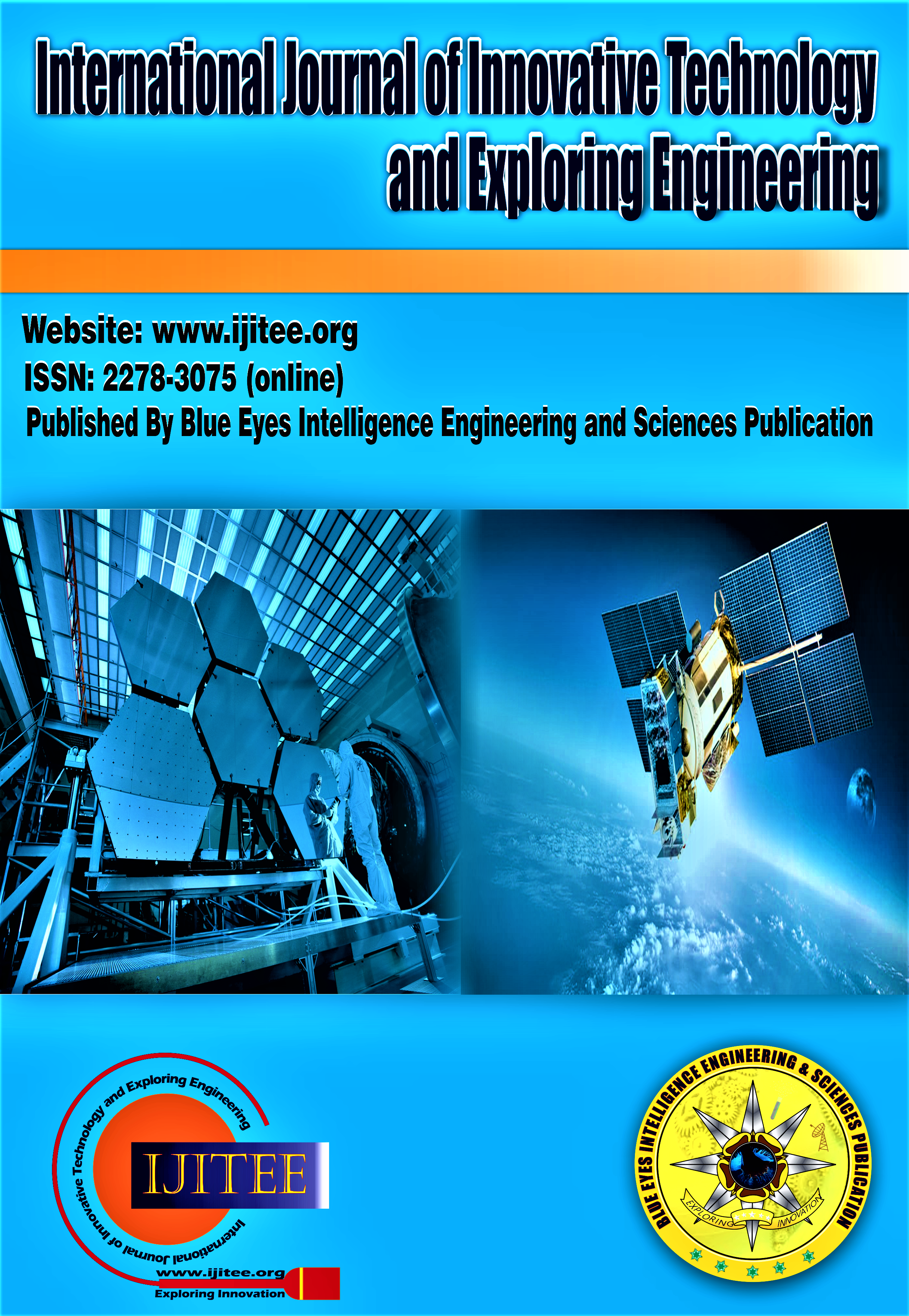Predictive Intelligence: The Impact of Risk Modeling on Organizational Resilience
Main Article Content
Abstract
The importance of risk modelling in strategic planning and decision-making cannot be emphasized enough in an age where uncertainty is constant. This paper explores the crucial function of risk modelling as a vital resource for people and organizations trying to understand and reduce potential risks. The emergence of big data and technology has made it possible to create complex risk models that offer more insights into possible hazards and improve the efficacy of risk management choices. In order to properly measure and manage risks, this article highlights the value of risk models across a range of industries. Risk models are essential for regulatory compliance, especially in sectors like healthcare, where following laws like GDPR and HIPAA are required. These models offer a consistent method for evaluating risk, guaranteeing adherence and averting costly fines. Additionally covered in the article is how risk models improve decision-making by lowering uncertainty and increasing openness, which in turn fosters stakeholder trust. The paper's main body describes a thorough approach to risk modelling, which begins with identifying potential risks and progresses to risk assessment through the use of methods like fault tree analysis (FTA) and event tree analysis (ETA). It then goes over how to quantify risks using both quantitative and qualitative approaches, and it ends with adding up every potential threat to provide an overall risk profile for the company. This paper concludes by highlighting the need for risk modelling in the intricate corporate world. It offers a thorough process for creating risk models, matching them to organizational goals, and utilizing them as a preventative measure for resilience and long-term performance.
Downloads
Article Details
Section

This work is licensed under a Creative Commons Attribution-NonCommercial-NoDerivatives 4.0 International License.
How to Cite
References
R. Domínguez, C. A. Gomez, and O. Cerezo, "Risk Analysis Based on ETA, FTA and Bowtie Methodologies for the Bulk Coal Discharge Process," Lecture Notes in Networks and Systems, pp. 193–199, 2021, doi: https://doi.org/10.1007/978-3-030-80288-2_23.
R. Ferdous, F. Khan, R. Sadiq, P. Amyotte, and B. Veitch, "Analyzing system safety and risks under uncertainty using a bow-tie diagram: An innovative approach," Chemical Engineering Research & Design, vol. 91, no. 1–2, pp. 1–18, 2013, doi: https://doi.org/10.1016/j.psep.2011.08.010.
"Risk modeling," Deloitte, January 9, 2023, Available: https://www.deloitte.com/global/en/services/risk-advisory/perspectives/risk-modeling.html.
S. M. Taylor, M. Surridge, and B. W. Pickering, "Regulatory Compliance Modelling Using Risk Management Techniques," 2021 IEEE World AI IoT Congress (AIIoT), 2021, doi: https://doi.org/10.1109/aiiot52608.2021.9454188.
Elzuway, M. A., Farkash, H. M., & Shatshat, A. M. (2023). Effectiveness of MATLAB and Neural Networks for Solving Nonlinear Equations by Repetitive Methods. In Indian Journal of Computer Graphics and Multimedia (Vol. 3, Issue 2, pp. 1–7). https://doi.org/10.54105/ijcgm.h9683.083223
Roopashree, Dr. M. R. (2023). Implementation of PDCA Cycle in Improving Communication Skill-Set for Training the Future Health Care Professionals. In International Journal of Preventive Medicine and Health (Vol. 3, Issue 5, pp. 14–23). https://doi.org/10.54105/ijpmh.e1029.073523
Radhamani, V., & Dalin, G. (2019). Significance of Artificial Intelligence and Machine Learning Techniques in Smart Cloud Computing: A Review. In International Journal of Soft Computing and Engineering (Vol. 9, Issue 3, pp. 1–7). https://doi.org/10.35940/ijsce.c3265.099319
Behera D. K., Das, M., & Swetanisha, S. (2019). A Research on Collaborative Filtering Based Movie Recommendations: From Neighborhood to Deep Learning Based System. In International Journal of Recent Technology and Engineering (IJRTE) (Vol. 8, Issue 4, pp. 10809–10814). https://doi.org/10.35940/ijrte.d4362.118419
Velani, J., & Patel, Dr. S. (2023). A Review: Fraud Prospects in Cryptocurrency Investment. In International Journal of Innovative Science and Modern Engineering (Vol. 11, Issue 6, pp. 1–4). https://doi.org/10.35940/ijisme.e4167.0611623





